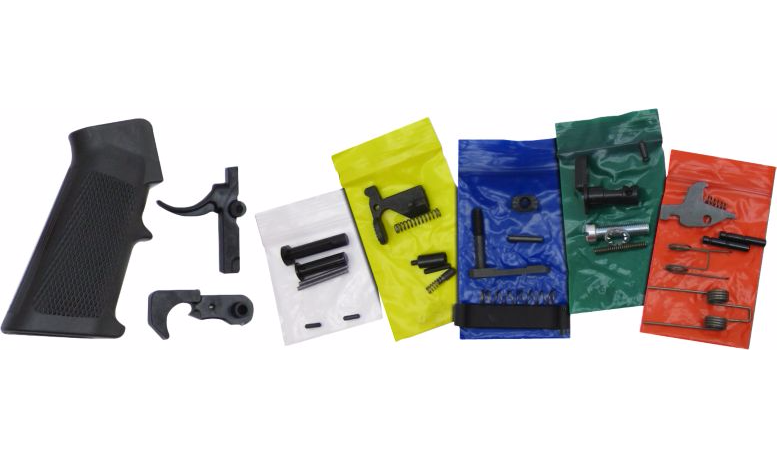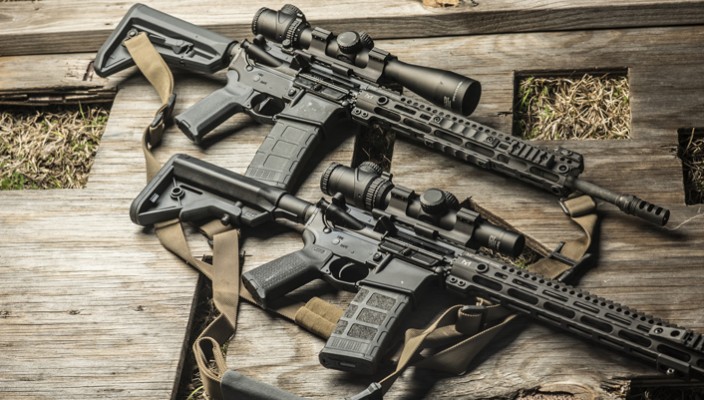

The A1 to A4 uppers refer to the designs of the upper receiver from the original A1 upper from the 1950s AR-15 to the modern A4 upper that is found on most AR-15s now sold out of the factory. There are a few styles to consider, each with varying practical benefits. READ MORE: The Complete Guide to AR-15 Barrelsĭifferent uppers give your AR-15 a unique look and feel, although they generally all accept any barrel, gas system, and BCG unless you’re chambering your AR-15 in a special caliber like 9mm or.

223 Remington rounds, you want to stick with 1:7 or 1:8, probably the latter for practical civilian rounds. This refers to how many times the rifling does a complete rotation in one inch. Twist ratesĪR-15 twist rates are between 1:7 to 1:12. You can also choose melonite for better accuracy. Getting a chrome-lined bore may reduce accuracy a little but greatly improves barrel life and performance when rapid firing.

For the advanced shooter, this is essential. In the end, your rifle won’t be just some stock model off the factory line, it’ll be your rifle, built with custom parts to meet your specific preferences. By the time you’ve completed your rifle, you’ll have an intricate knowledge of how it works and a deep connection with it.īuilding your own AR-15 is a fun and rewarding process that we strongly recommend. The process isn’t easy and you’ll have to climb some fairly steep learning curves along the way. More than 5 million Americans own an AR-15, many of them choosing to build their own customized model.īuilding an AR-15 rifle is a great pursuit for any arms enthusiast. The M16 was further developed into the M4A1 carbine. military, the rifle was later adapted to become the M16, which is still in use by the armed forces today. Originally developed in the 1950s to serve the U.S. The AR-15, or Armalite Rifle 15, is America’s most iconic AR-15 iron sights weapon. Steps to Building an AR-15 (lower assembly).Muzzle Devices: Muzzle Breaks, Flash Hiders, or Compensators.


 0 kommentar(er)
0 kommentar(er)
